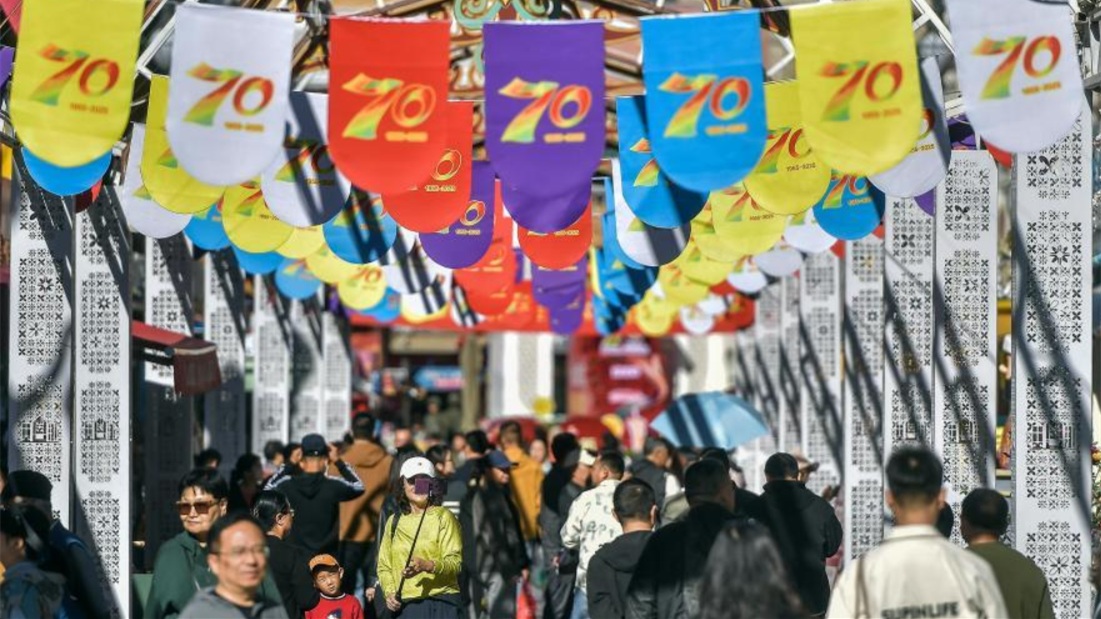A type of white medicinal chrysanthemum, named Beijing chrysanthemum, recently reached full bloom in a trial farm along the southern edge of the Taklimakan Desert in northwest China's Xinjiang Uygur Autonomous Region.
Planted in a dedicated sand control demonstration zone in Yutian county of Hetian prefecture, the pristine white flowers scatter like snowflakes across the golden dunes, forming a unique ecological landscape.
Behind this sea of flowers lies an innovative ecological initiative aimed at turning sand into wealth.
Located 35 kilometers from the county seat, the demonstration zone is part of a sand-blocking green belt along the edge of the Taklimakan Desert.
Since May, Oytograk township of Yutian county has established a 600-mu (40 hectares) trial farm in the demonstration zone, where medicinal herbs including chrysanthemums, Chinese skullcap, rehmannia, weeping forsythia, and red sage have been planted, gradually developing a multi-layered ecological system that combines trees, shrubs, and intercropped medicinal plants.
Adopting a collaborative model involving village collectives, enterprises, and farmers, Yutian has cultivated 450,000 mu of medicinal herbs under a planting strategy featuring an integrated mix of plants with varying growth cycles, achieving both ecological and economic benefits.



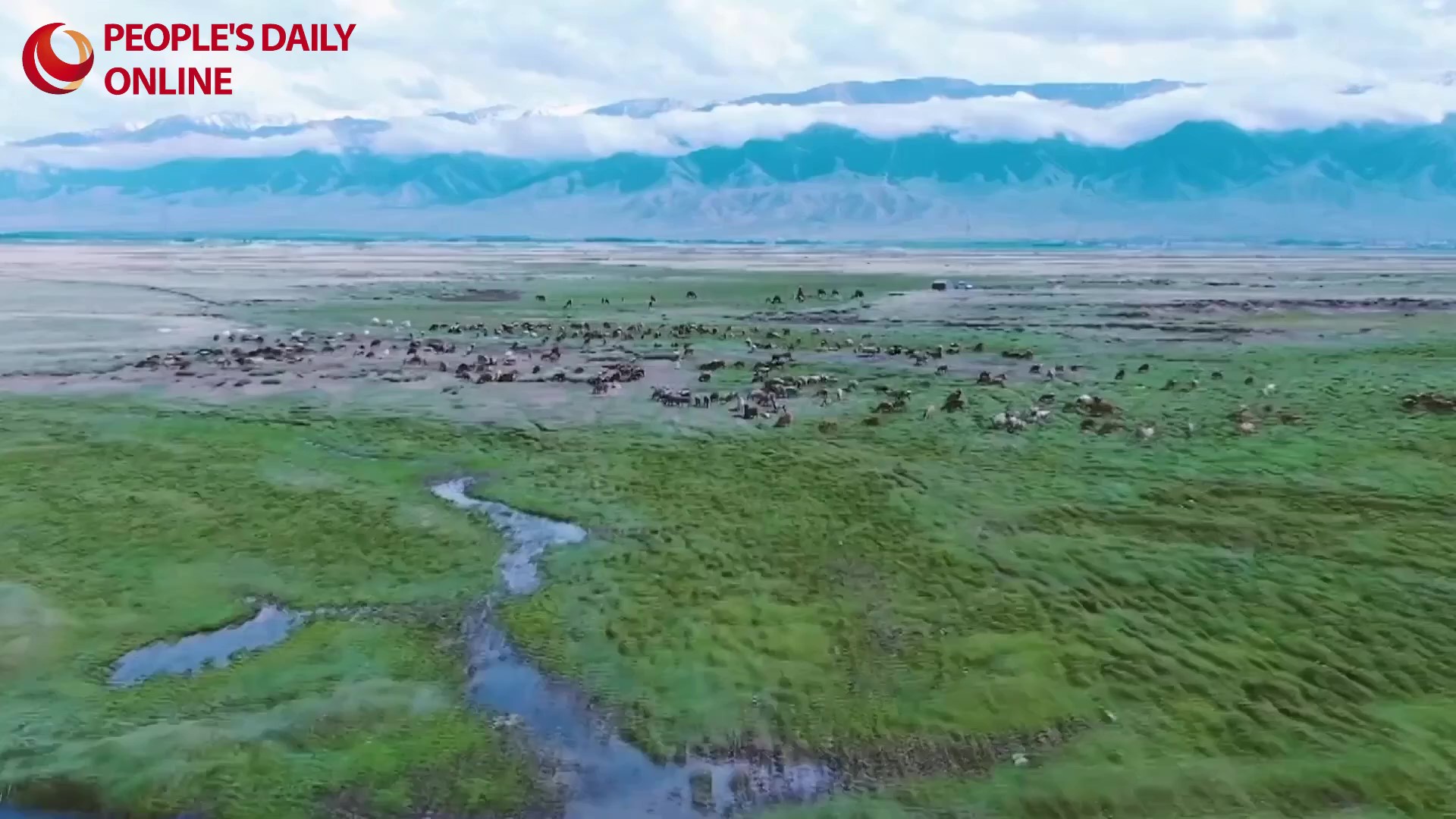
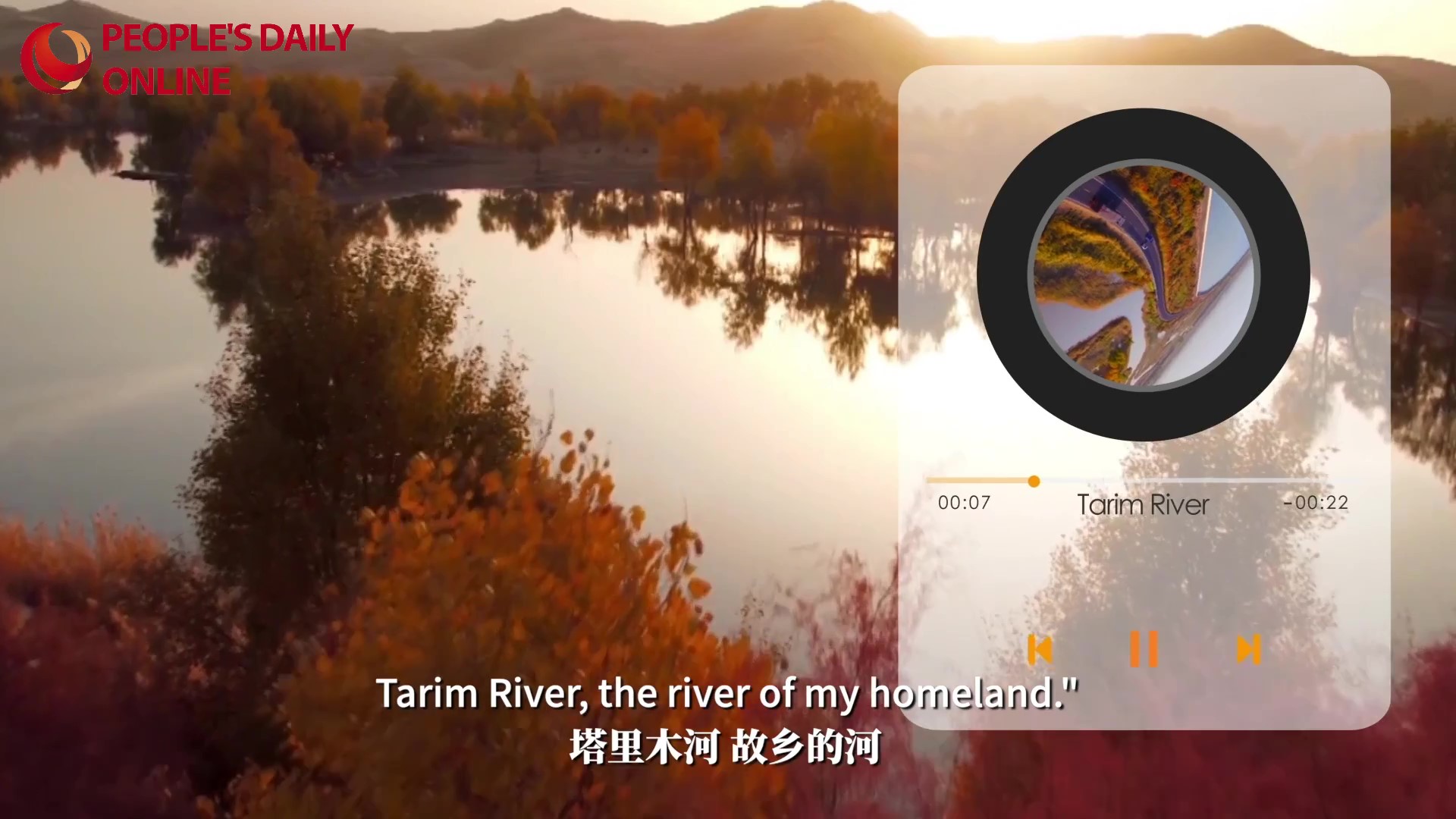
.jpg)
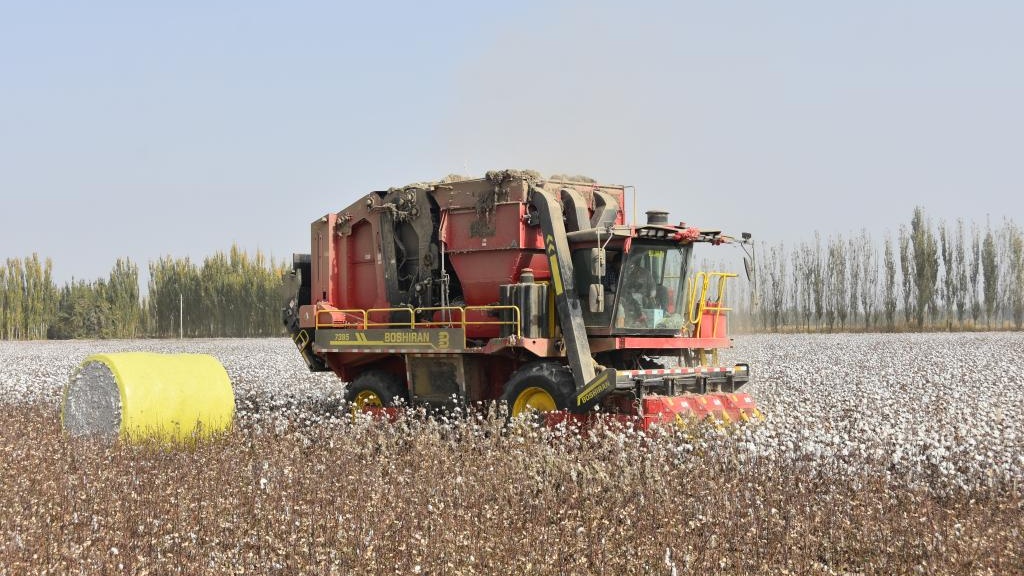

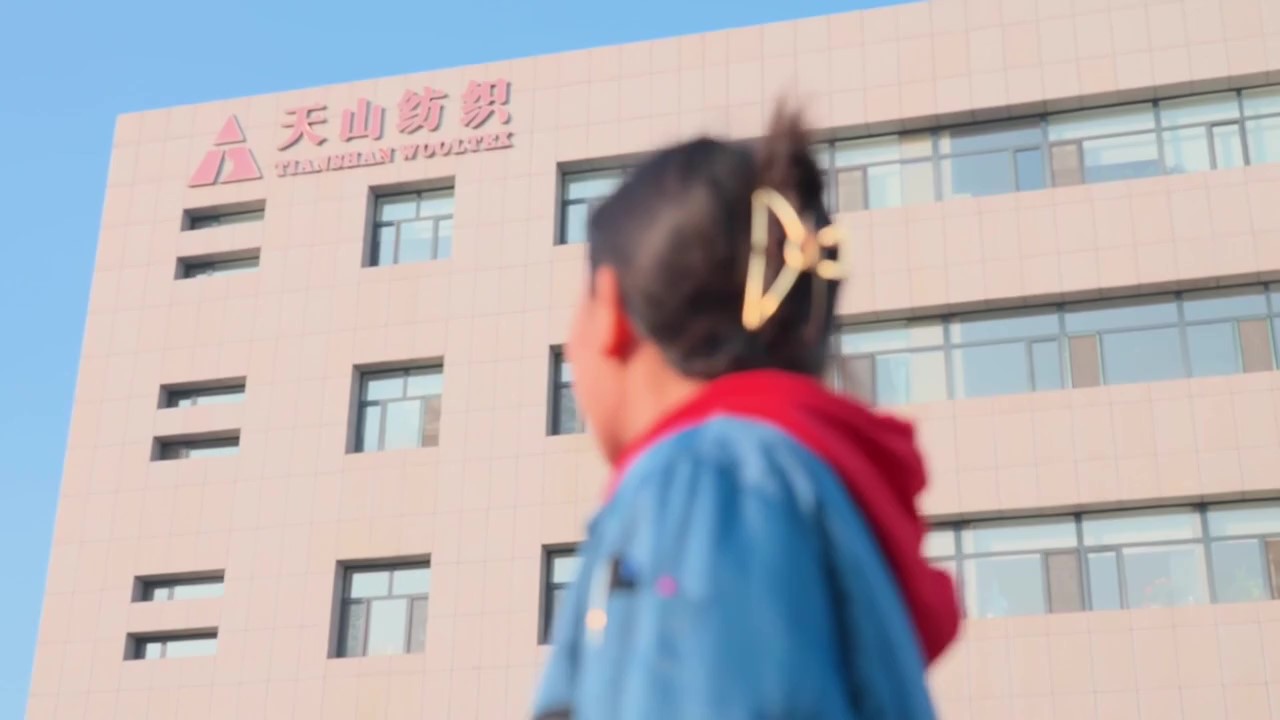
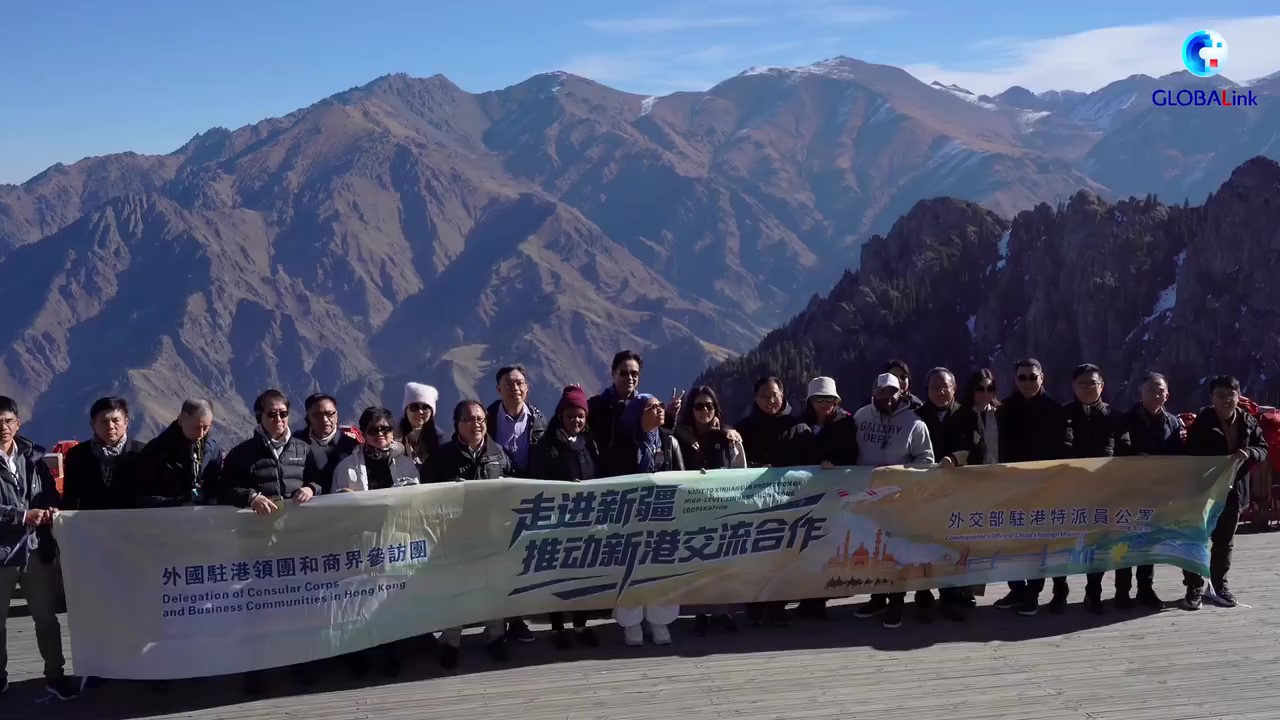
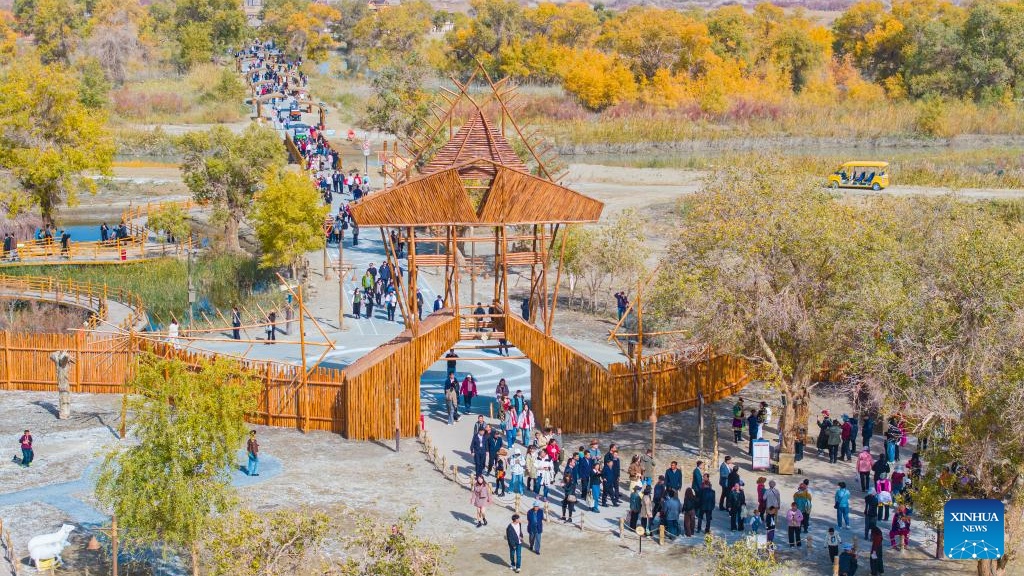
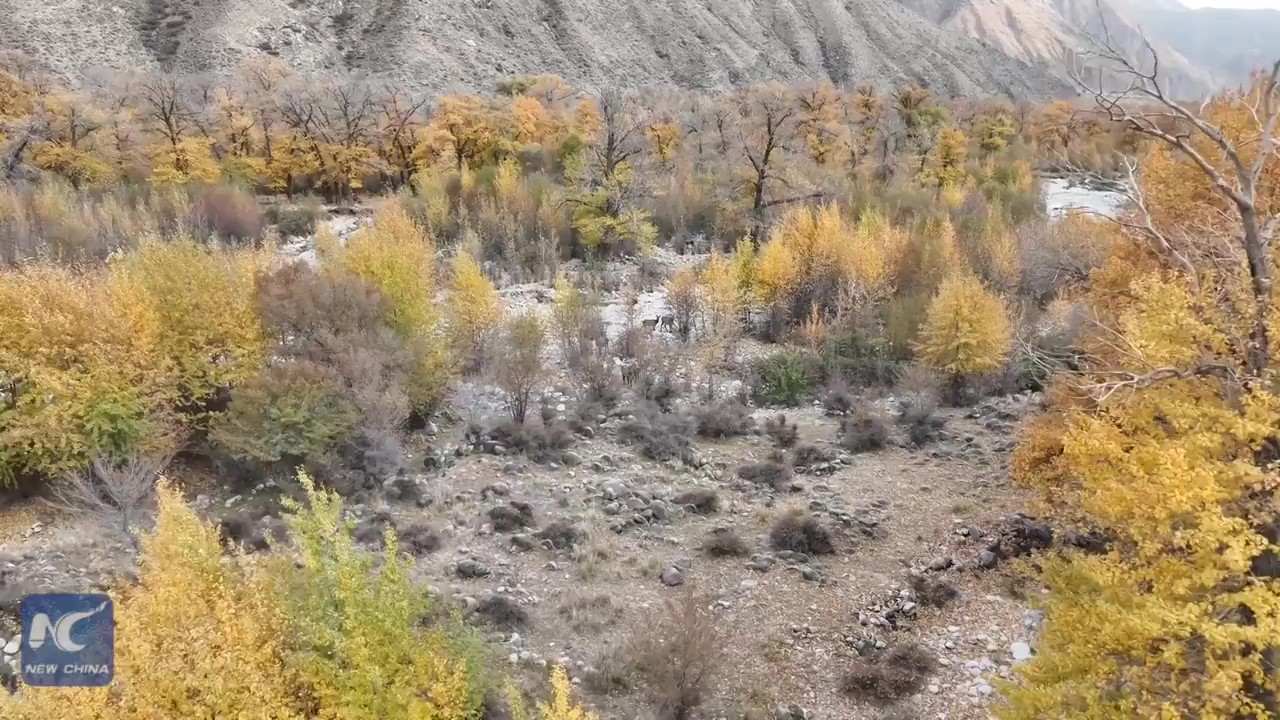
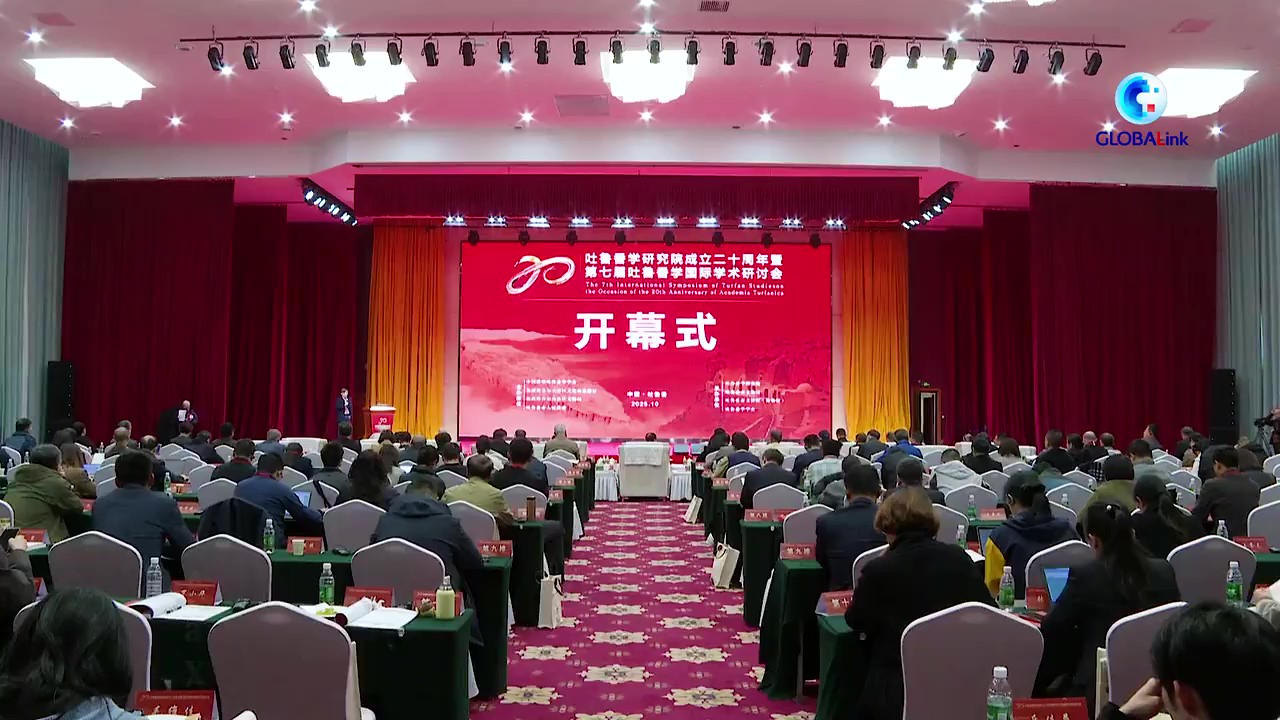
.png)
.png)
.png)
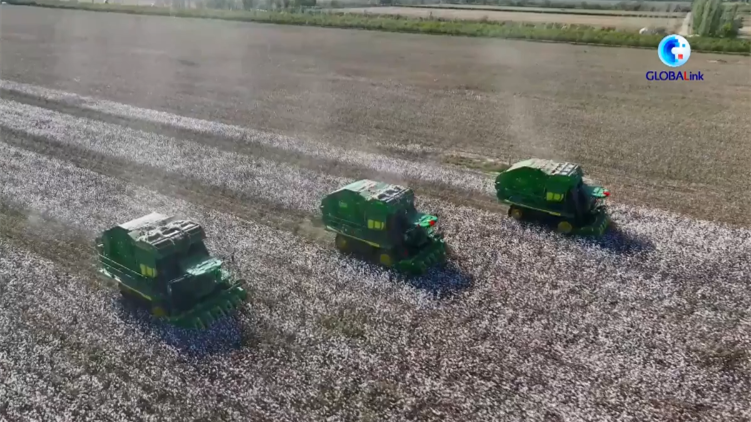

.png)
.png)
.png)
.png)
.jpg)
.png)
.jpg)
.png)
